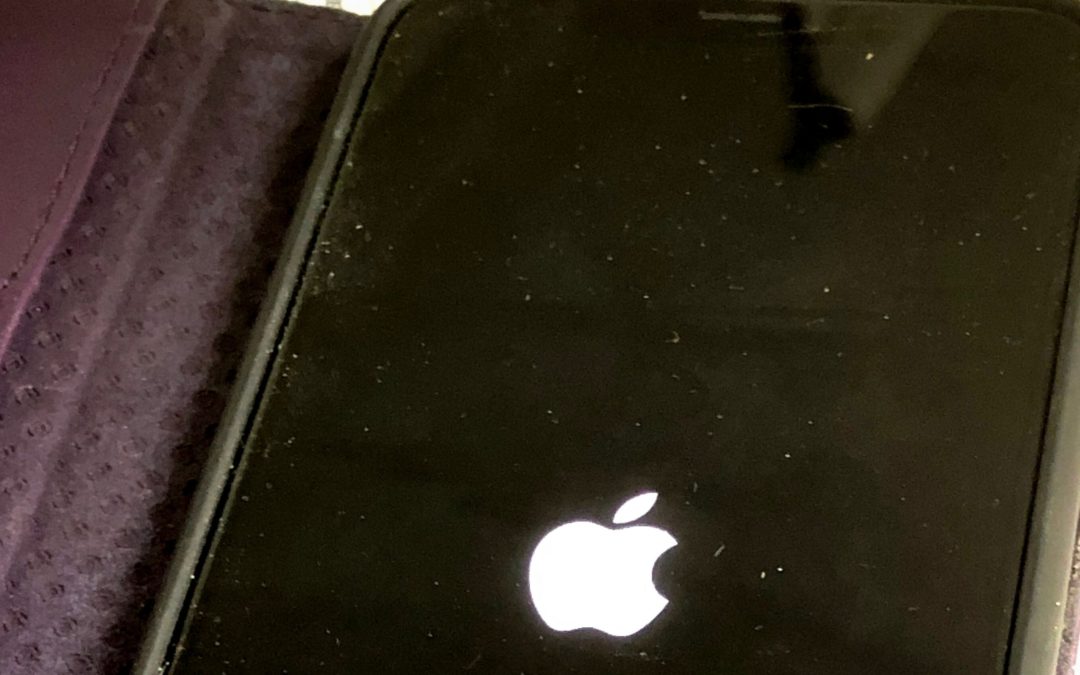CLOSE
From his perch at Jet City Device Repair in Chicago, store manager Neal Dexter wants you to know something about broken phones: It’s not you.
There’s a reason so many of us are cracking phone screens seemingly more than ever. They don’t make them like they used to.
As smartphones got bigger, yet thinner, they’ve become “super fragile and easy to break,” he says. “The new ones are so delicate.”
For the record, Apple senior vice-president Phil Schiller, in introducing the latest iPhone models, the XS and XS Max in September 2018, said the phones had “the most durable glass ever in a smartphone.” Apple declined to comment for this article.
Start the day smarter: Get USA TODAY’s Daily Briefing in your inbox
Mobile payments: Tap to pay is coming to NYC subways soon
What’s coming from Apple: Apple to host WWDC developers event with first peek at new iOS on June 3
The smartphone industry is grappling with stagnated growth, as consumers began to balk in 2017 and 2018 at the ever-increasing prices of phones, which now start in the $900 to $1,100 range for top of the line Apple and Samsung models.
At the same time, Jet City, the uBreakiFix national chain and other stores are seeing a rush of iPhone 7s from customers, a phone that was first released in 2016.
“It’s super popular right now,” for repairs, says Justin Wetherill, the CEO of uBreakiFix, as a phone people like, and are willing to spend $86 to get it fixed (compared to $149 from Apple) and extend its life.
The big question for many consumers is where to go to fix their phones, Apple, via its Apple Stores, or local retail repair shops, from the kiosk at a shopping mall to the neighborhood strip mall.
Owners of an iPhone XS Max, the latest model, don’t have much of a choice. uBreakiFix and most independent stores won’t repair it because of the wholesale cost of the glass. Apple charges $329 for repairs on the Max unless you have Apple Care, Apple’s warranty program, which costs $200 for a two-year warranty, plus a $29 deductible to get the screen fixed.
Shop owners we spoke to like Dexter say that paying insurance is throwing money down the drain. “It’s not cost-effective to get Apple Care,” says Rob Link, a Virginia-based blogger and former repair pro. “It’s always cheaper to get the repair.”
Consumer Reports, in looking at the issue, was neutral. “if you’re a fumblefingers or just prone to bad luck, AppleCare+ coverage is probably a better deal for you than it may be for others.”
Try some basic math, however. Apple Care for the iPhone 8, a model from 2017, costs $129, and a repair would cost $149 without the insurance or $29 with it, which comes to $178. The uBreakiFix stores charge $86 to repair the iPhone 8.
Bigger, newer models are a different story. Apple charges $329 for the Max, $279 for the XS and X, and $199 for the XR. Consumers also can’t just drop in to the store, leave their phones and come back when they’re ready. They need to make an appointment in the Apple app and hope they’re free when the “Genius” can see them.
“I’ve cracked so many screens,” says Chris MacAskill, who runs the Cake online forum in Mountain View, California. “If you’re active, it’s so easy to do. I just can’t bring myself to make an appointment at the Apple store, fight the crowds, and have them tell me why my repair isn’t covered under AppleCare and it will cost a fortune. Twice bitten…”
What is not up for debate is that if people take a little more precaution, their phones will last longer and perhaps not crack as easily.
“I tell every person before they walk out of here to get some form of screen protection,” says Brian Caponi, who runs the CPR (Cell Phone Repair) shop in Highland Park, Illinois. “And a good, really strong case, not something flimsy with cute colors, but something that actually protects the phone.”
He likes the $50 tempered glass protector by ZAGG and cases by Otterbox or Speck.
“You’re spending $1,000 on these things,” he says. “It pays to be careful.”
This much is a give: Manufacturers like Apple and Samsung will continue to beef up their phones with new features, but the one consumers care most about – an indestructible screen – isn’t likely to be a reality.
“They don’t want to make that kind of phone,” says Dexter. “Then people would stop upgrading. The more phones break, the more opportunities they have to sell new phones.”
That’s a popular sentiment, but on an earnings call with investors in January, Apple CEO Tim Cook denied that Apple made phones that weren’t built to last.
“We do design our products to last as long as possible,” he said. “Some people hold on to those for the life of the product, and some people trade them in, and then that phone is then redistributed to someone else. I’m convinced that making a great product that is high quality is the best thing for the customer and we work for the user, and so that’s the way that we look at it.”
Follow USA TODAY’s Jefferson Graham (@jeffersongraham) on Instagram, Twitter and YouTube.
Read or Share this story: https://www.usatoday.com/story/tech/talkingtech/2019/05/28/why-iphone-galaxy-smartphone-screens-break-so-easily/1227024001/
